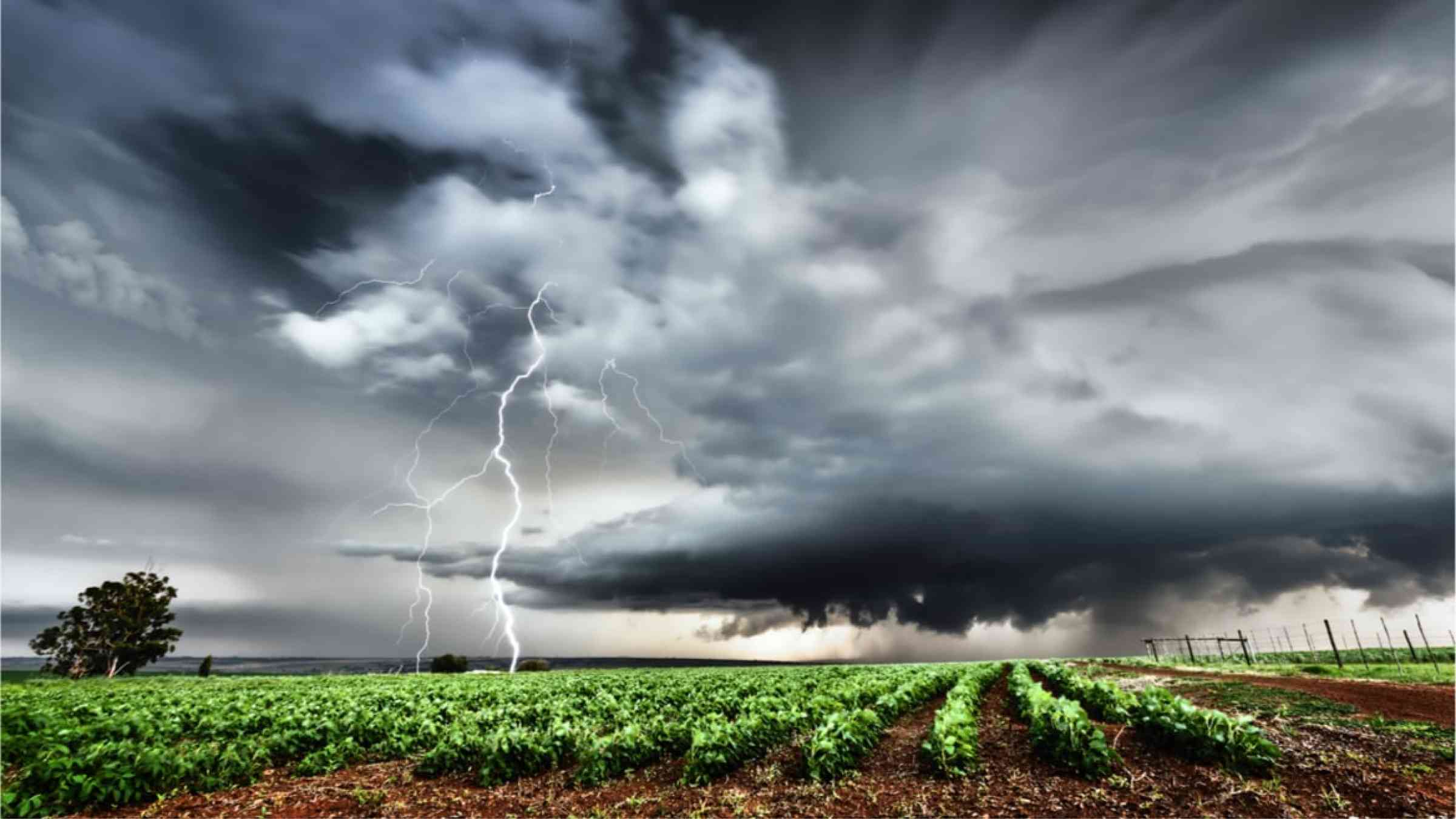Frontline heroes: Predicting climate extremes in Africa

Africa already experiences some of the gravest impacts of climate change, with recurring and persistent drought, extreme heat and extreme rainfall experienced throughout the continent.
Recent flooding throughout West and Central Africa has displaced over 8.5 million people, pushing vulnerable populations further into poverty and conflict. Last year, severe drought in Somalia killed an estimated 43,000 people, half of them children under 5 years of age.
Advanced weather- and climate-forecasting tools and techniques, like those developed at Columbia Climate School’s International Research Institute for Climate and Society (IRI), can help key stakeholders prepare for the worst. This past September, 22 meteorologists from eight African countries spent three weeks at Columbia’s Lamont campus, where IRI is based, to learn about these advanced forecasting approaches.
The visitors, who hailed from Zambia, Kenya, Senegal, Ghana and Mali, among other countries, practiced the latest techniques for generating seasonal forecasts for their countries, using their own national climate data as well as the hundreds of data sets available at IRI. They also learned how to produce forecasts at subseasonal scales (2-4 weeks out) using methods IRI has pioneered over the past two decades. These forecasts are in high demand because they allow for time to warn communities about events that can develop rapidly, such as heat waves, cyclones, severe storms and floods.
“These aren’t just any training participants—they are leaders who are spearheading the use of best-available approaches across Africa,” says IRI’s Amanda Grossi, who helped organize the training. “They are the frontline heroes working to predict climate extremes plaguing the continent, and who are ultimately enabling the early warning, planning and actions that save lives and help farmers to improve their livelihoods.”
For Frankline Komolkori, of the Kenya Meteorological Department, forecasting is a science that touches the lives of people both directly and indirectly. “We’re all affected by weather and climate issues,” he said. “[But when you] give accurate forecasts and are able to save life and property, you are touching the real citizen, the poor person on the ground.”
The national meteorological agencies of seven other countries were also represented in the training cohort, as well as two large regional institutions: East Africa’s IGAD Climate Prediction and Applications Centre (ICPAC) and West Africa’s Regional Center for Training and Application in Agrometeorology and Operational Hydrology (Agrhymet). By designing the training with team-based exercises and activities, the IRI organizers hope to foster South-South learning—informal and formal networking and collaborations initiated by the participants that would continue once they returned to their jobs back home.
Francisca Martey, the deputy director of the Ghana Meteorological Agency, took part in the training along with two of her department heads. “When we go back to Ghana, we’ll teach our new recruits and give them the responsibility of generating these newer forecasts every month,” she says.
The visit also fostered connections between the participating institutions and the United States’ first-ever climate school.
“One of Columbia University’s central tenets is the Fourth Purpose, and the Fourth Purpose is about taking research to action,” says Jeffrey Shaman, the interim dean of the Columbia Climate School.
“The IRI has been dedicated to this idea for more than 25 years, delivering climate services across the planet. Trainings such as these allow forecasters not just to learn from their own community, but make new connections with Columbia researchers, faculty and students. They’re very central to the kind of services, action, and practice that the Climate School is focusing on.”